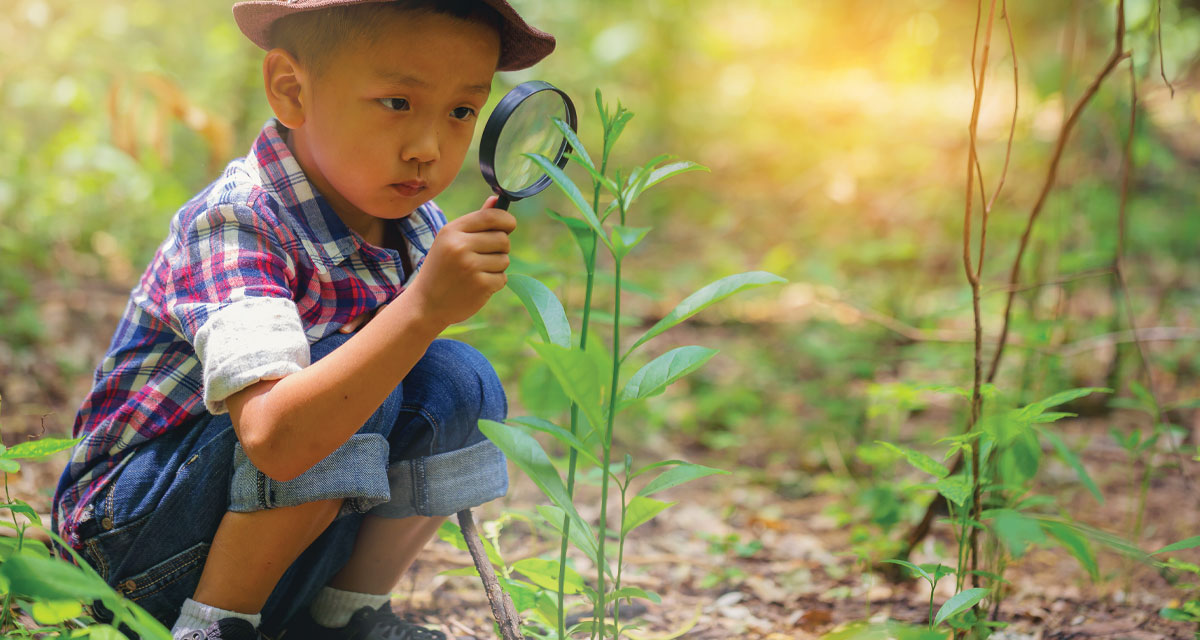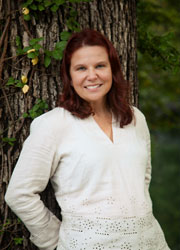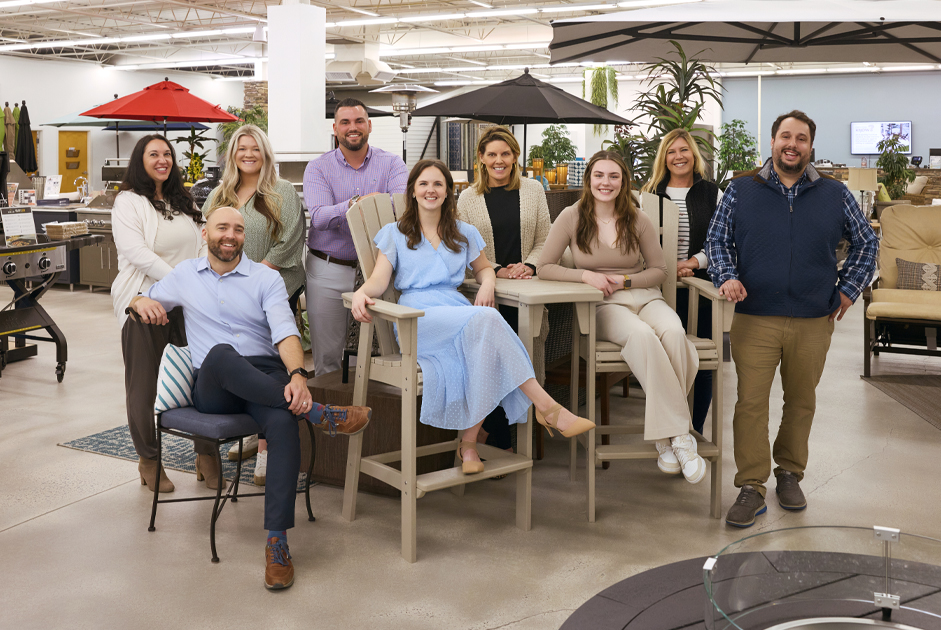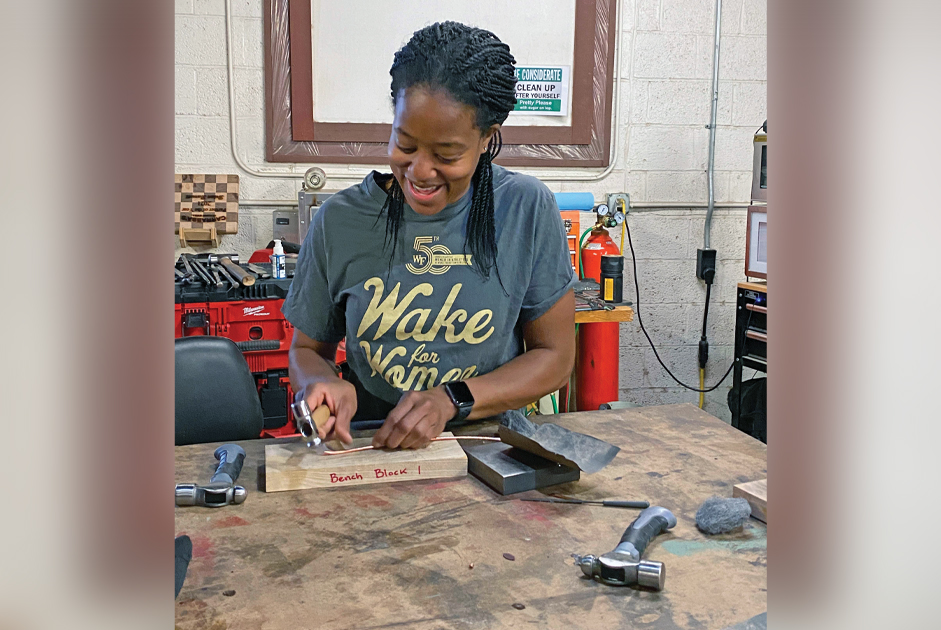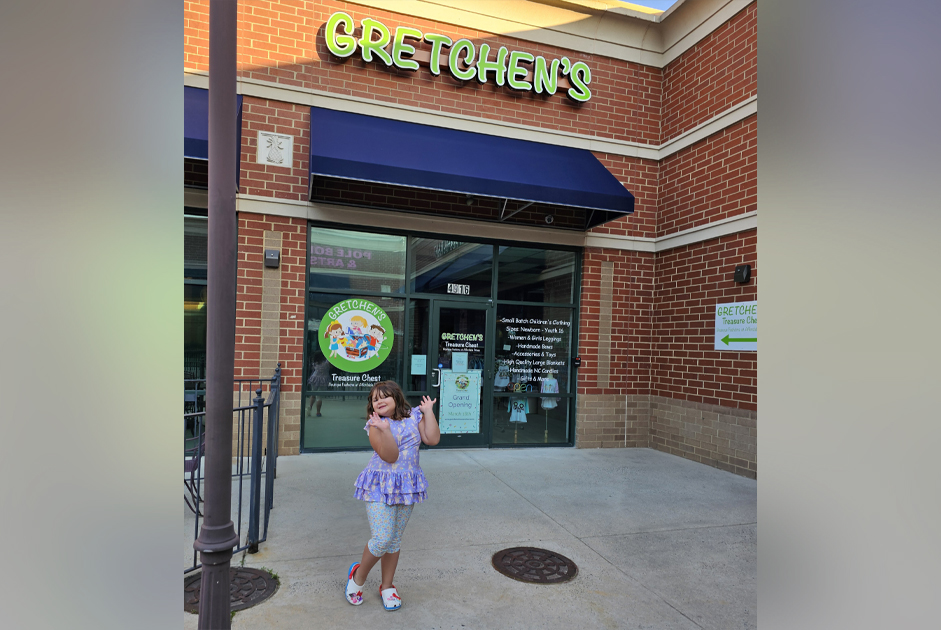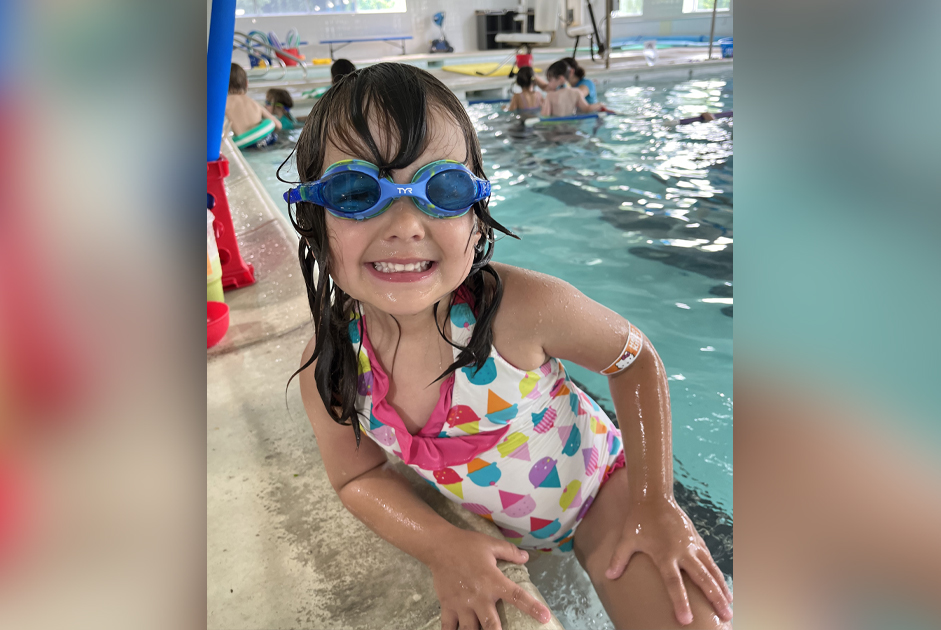The curious child has a wealth of provocative questions, seeking to know more about the world. Stepping only five steps beyond the door allows children to follow the path of ants, or watch a salamander quickly scurry past, or a patch of dirt surrounded by grass, or watching clouds re-form into new shapes. As parents, we want children never to stop wondering about the Why and How as lifelong learners!
Create Guidelines for Routines
Fostering opportunities for self-sufficiency begins at toddlerhood. In a world of substantial options, kids need less direction and more guidance. Start a morning routine that establishes daily procedures. In time, children can answer the question, “What do you do next?” Parents who teach expectations defining morning and bedtime routines, a clean room, and personal responsibilities ensure that a child will be an independent, contributing member of the family.
Tip: Buy a kid-friendly, battery-operated, digital clock with multiple alarm settings. Kids can show responsibility for waking, arriving at breakfast, and preparing for bed. Without directing children’s movements through constant, exhausting reminders, parents can focus on personal objectives.
Offer Opportunities for Learning
Every moment, either on wheels or foot, can be a teachable moment. Break the distraction of a radio or nature sounds, and talk about what is right in front of you. Think about what you know about light and sound waves, the reason for weather, the pathway of streams to oceans, beneficial bugs, and why some animals are not friendly. Take the conversation one step further and visit the local library. Librarians will be happy to meet you and recommend age-appropriate books on a wide range of subjects.
The Need for Science
Not every question under the universe has an answer. It’s perfectly acceptable for parents to say, “I wonder that too!” Science-friendly homes think critically, ask questions, wonder, experiment, fail, and keep trying. The artist and inventor, Leonardo da Vinci, is an ideal example of trial and error. To better understand the human body, he delved into physiology and anatomy by taking notes and drawing pictures in notebooks. In wondering if people could fly, he spent hours watching and illustrating the flight patterns of birds, studied biomechanics, and designed the first airplane. But without the technology of one essential part, the engine, da Vinci never knew if his ideas were a success. He is among thousands of curious people who asked questions and kept trying!
Tip: Give your child a drawing notebook to sketch pictures of nature, include notes or questions. Buy two. Sometimes science-minded souls need another person to talk through ideas.
Tip: Great science-themed kits are available for young children to receive exposure to the world of magnets, microscopes, biology, paleontology, engineering, and chemistry, to name a few.
Tip: Children can experience stories or audiobooks up to two levels above their age or grade recommendation. The Magic Treehouse series emphasizes historical events and people through fiction for children age six to ten. Introduce these high-interest books to your four or five-year-old!
Delve into Various Mediums
Coloring books have a distinct educational value in developing most fine motor skills; yet, finger paints, play dough, and Legos also offer diverse, open-ended, and interpretive creativity. It’s okay when the sky is green, and the grass is purple. Artistic endeavors display great feeling and expressive emotions. Pretend play, using sheets and pillows, crayons and cardboard can create an original universe, making perfect sense to a child. Just ask the question, “Tell me about your picture or structure,” and sit back and listen, while interjecting questions.
Tip: Hand your child four items, such as a plastic cup, a piece of paper, a crayon, and a straw, and see their imagination take over. Thinking outside the box is a well-needed skill, especially as children start thinking critically!
Tip: Proper terminology gives an object a name. It’s vital for parents not to limit children’s vocabulary. Any child can learn words, with exposure, a clear understanding of the definition, and practice; therefore, start introducing new terms.
Resources are available to parents who reach out to local publications and librarians, early-childhood teachers, child-centered museums, online websites and even other moms and dads. Making connections will help your inquisitive child get out into the world and expand their individual experiences!

